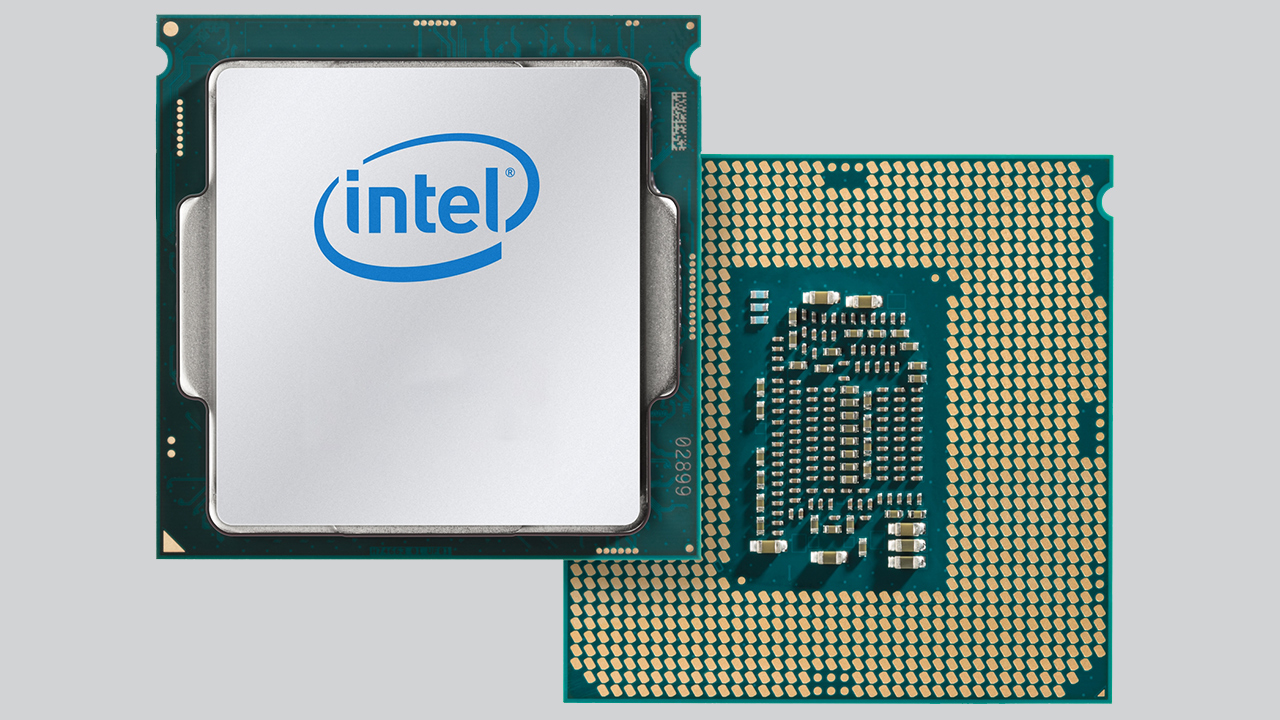
More Details About Intel's Grand Ridge and Sierra Forest CPUs Emerge
Intel’s PerfMon software has gained support for yet-to-be announced processors, codenamed Grand Ridge and Sierra Forest, and revealed some additional details about these CPUs per Twitter user @InstLatX64. In addition, PerfMon got support for Intel’s Granite Rapids processors, which is an indicator that development of the CPU is proceeding.

As it turns out, both 144-core Sierra Forest and Grand Ridge processors will feature Intel’s next generation energy-efficient cores based on the Crestmont microarchitecture, which will further increase performance and feature set of Atom-class cores. The same technology will be used for the company’s Meteor Lake processors, though these CPUs will be aimed at completely different market segment.
Intel’s Sierra Forest is of course the company’s first Xeon processor based on energy-efficient cores that will use up to 144 Crestmont cores and will be made on Intel 3 (3 nm-class) fabrication process. The system-on-chip will share LGA7529 form-factor with Granite Rapids processor featuring high-performance Redwood cores, but will target primarily cloud applications that need huge core counts and energy efficiency rather than single-threaded performance.
When it comes to Grand Ridge CPUs, not everything is that simple. Judging by the codename, this one will succeed Snow Ridge, Intel’s special-purpose Atom-branded SoC for communications market. The first details about Grand Ridge processor emerged three years ago and revealed that the chip will indeed serve specialized applications, which is why it will rich built-on networking and I/O capabilities as well as Intel’s QuickAssist Technology (QAT) accelerator.
One interesting thing about Grand Ridge is that it will support such instructions as AVX-NE-CONVERT (converts values from BF16 to FP32, from FP16 to FP32, and from single-precision floating-point to BF16) and AVX-VNNI-INT8 (which looks to be an INT8 variant of the AVX-VNNI instructions present in Golden Cove). Both instructions are designed to enhance deep learning capabilities of Intel CPUs and will make Crestmont-based products more competitive for edge applications.
One thing to note about the Grand Ridge rumors from 2020 is that back then it was supposed to be made on Intel’s 7nm (HLL+). Now the company not only renamed its nodes, but accelerated their rollout. Therefore, it is likely that Grand Ridge will now be made on Intel 3 fabrication process. Whether or not this means that it will gain cores and/or features is something that remains to be seen.

